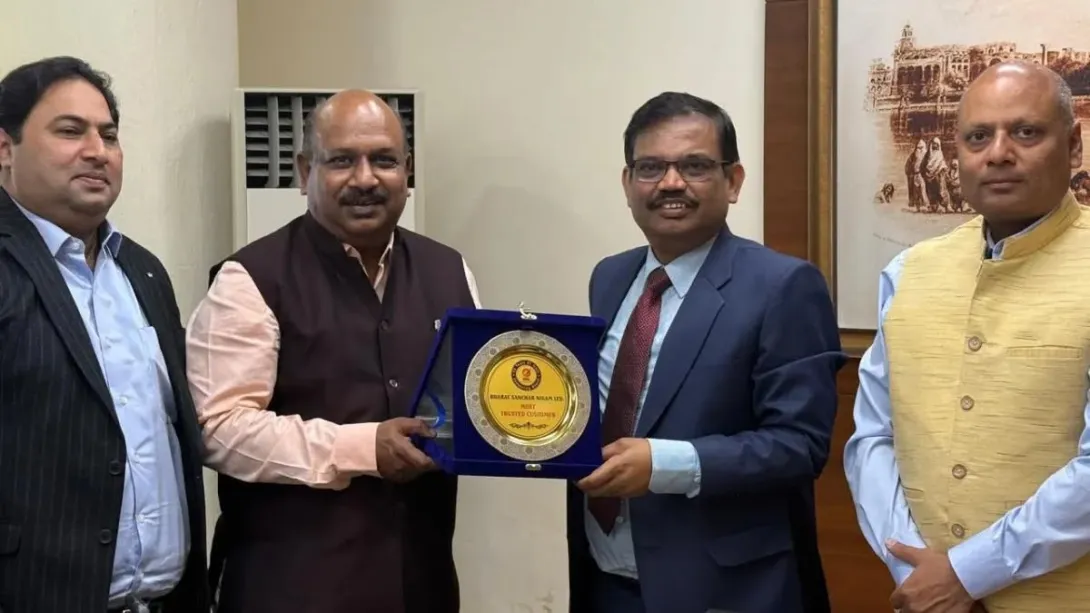Punjab has emerged as the first Indian state to achieve full implementation of the BharatNet Scheme, a flagship initiative aimed at expanding high-speed broadband connectivity to rural and underserved areas. This milestone reflects the state’s proactive infrastructure planning and strategic deployment of digital resources. By connecting gram panchayats and enabling access to e-governance, education, and health services, the initiative promises to enhance economic opportunities and social inclusion. Analysts note that Punjab’s successful rollout sets a benchmark for other states, demonstrating the transformative potential of digital infrastructure in fostering innovation, boosting productivity, and bridging the urban-rural digital divide across India.
BharatNet Rollout: Punjab Leads the Way
The BharatNet Scheme, launched by the Government of India, seeks to provide high-speed internet to all gram panchayats, thereby democratizing access to digital services. Punjab’s achievement as the first fully connected state underscores the effectiveness of coordinated planning between state authorities, telecom providers, and local governance structures.
The project involved laying optical fiber networks across remote regions, installing necessary network equipment, and training local personnel to manage and maintain connectivity infrastructure. The state’s approach emphasized efficiency, sustainability, and user-centric implementation, enabling seamless access to broadband services in previously underserved areas.
Socio-Economic Impact
The digital connectivity enabled by BharatNet is poised to transform multiple sectors. In education, students gain access to online learning platforms and digital resources. Health services benefit from telemedicine applications, improving access to care in rural regions. Agriculture and small enterprises leverage digital marketplaces, enhancing income opportunities and operational efficiency.
Economists highlight that improved connectivity can stimulate entrepreneurship, facilitate e-governance services, and foster financial inclusion by providing access to online banking and government schemes. The initiative aligns with India’s broader digitalization goals and contributes to socio-economic equity.
Strategic Implications for Punjab
Punjab’s successful implementation positions it as a model for other states striving to achieve similar connectivity milestones. The initiative demonstrates the role of proactive policy frameworks, public-private partnerships, and technological integration in achieving large-scale digital infrastructure goals.
Furthermore, the project enhances resilience and competitiveness, supporting industries such as IT, education, and agriculture through reliable digital infrastructure. Analysts predict that the state’s early adoption could attract investment, encourage innovation, and catalyze regional development.
Challenges and Lessons Learned
Despite the successful rollout, the initiative faced challenges, including terrain-related infrastructure deployment, ensuring last-mile connectivity, and training local personnel. Punjab’s approach highlights the importance of stakeholder collaboration, capacity-building programs, and adaptive technology solutions in overcoming logistical and operational hurdles.
Other states can draw lessons from Punjab’s experience to expedite their own digital connectivity projects while avoiding common pitfalls.
Conclusion
Punjab’s distinction as the first state to fully implement the BharatNet Scheme marks a landmark achievement in India’s digital transformation journey. By bridging the rural-urban connectivity gap, enhancing socio-economic opportunities, and fostering innovation, the initiative sets a new benchmark for digital governance. Punjab’s success demonstrates that with strategic planning, technological investment, and collaborative execution, large-scale digital infrastructure projects can effectively empower communities and drive sustainable development across the nation.

Comments